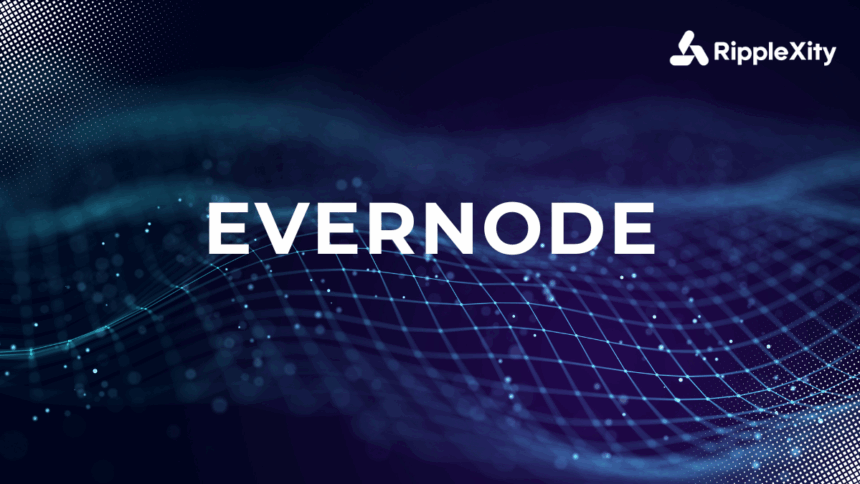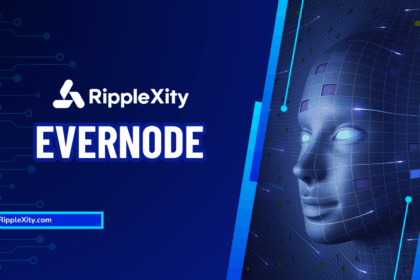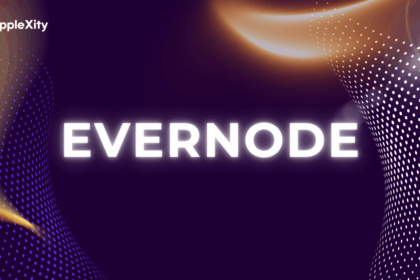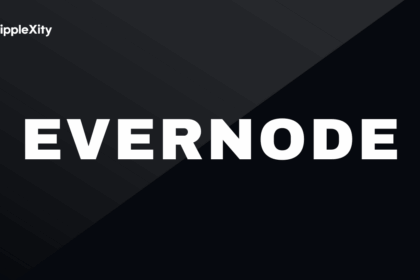Scalability. Decentralization. Security.
Blockchain developers have long struggled to achieve all three — a challenge known as the Blockchain Trilemma.
While many networks excel in one or two areas, they often fall short in another.
Evernode, however, is emerging as a practical solution that delivers scalability and decentralized trust while leveraging the security of the XRP Ledger.
Let’s explore how Evernode’s Layer 2 architecture achieves this balance.
The Blockchain Trilemma Explained
- Scalability
- The ability to process thousands of transactions or computations per second.
- Decentralization
- No single point of control or reliance on a handful of validators.
- Security
- Protection against fraud, censorship, and double-spending.
Most blockchains sacrifice decentralization or speed to improve one of the others.
How Evernode’s Layer 2 Design Solves It
✅ Built on XRPL’s Security
- Evernode leverages the battle-tested XRP Ledger as its settlement layer, inheriting XRPL’s security, immutability, and reliability.
✅ Off-Chain Smart Contract Execution
- Smart contracts run off-chain on decentralized Hosts, freeing XRPL from heavy compute tasks.
- This allows scalable execution without congesting the base ledger.
✅ Decentralized Host Network
- Anyone can become a Host, preventing centralization of compute power.
- Hosts compete for rewards, ensuring market-driven efficiency.
✅ On-Ledger Settlement
- All results are settled on XRPL, ensuring transparent, secure record-keeping.
Key Benefits
- ⚡ Scalable Computation
Evernode handles massive workloads off-chain while XRP Ledger processes settlement in seconds. - 🛡️ Decentralized Execution
No single entity controls computation — multiple Hosts secure every transaction. - 🔐 Settlement Security
XRPL ensures immutability and data integrity.
Real-World Example
Consider a DeFi lending platform running on Evernode:
- Users deposit XRP and borrow against their holdings.
- Complex loan calculations happen off-chain on Evernode.
- Final balances and settlements are recorded on XRPL.
This scales DeFi operations without congesting the base layer — all while remaining decentralized and secure.
Why This Matters for XRP Ledger Adoption
By solving the Trilemma:
- Builders can deploy scalable dApps without compromising decentralization.
- Businesses gain reliable infrastructure with low transaction costs.
- Users benefit from faster, more powerful decentralized services.
Evernode extends XRPL’s utility without breaking its core value proposition.
Final Thoughts
Evernode’s Layer 2 architecture demonstrates that scaling and decentralization can coexist.
With the security of XRPL, the power of decentralized Hosts, and the scalability of off-chain compute, Evernode is paving the way for the next generation of Web3 applications.
At RippleXity, we’ll continue highlighting how Evernode powers scalable, decentralized innovation on Ripple’s ecosystem.










